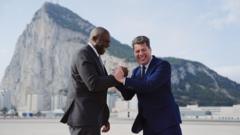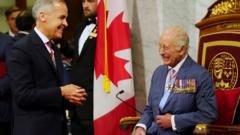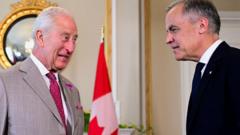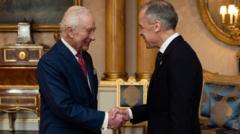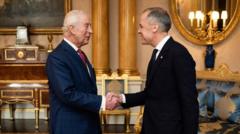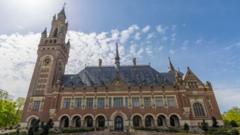Gabriel Boric's recent visit to Antarctica marks a pivotal moment in Latin America's engagement with the South Pole, as the country seeks to solidify its territorial claims in a changing geopolitical landscape.
Chile's President Makes Historic Visit to Antarctica to Assert Sovereignty

Chile's President Makes Historic Visit to Antarctica to Assert Sovereignty
Gabriel Boric's groundbreaking trip to Antarctica highlights growing global competition for the polar region.
On January 4, 2025, Chile’s President Gabriel Boric embarked on a historic journey to the South Pole, becoming the first sitting Latin American president to set foot on the frozen continent, according to his office. This visit not only aims to reinforce Chile’s territorial claims over parts of Antarctica but also acknowledges the increasing global competition for influence in polar regions.
President Boric, accompanied by a delegation, visited the Amundsen-Scott South Pole Station, a critical U.S. research facility. Following the trip, Boric characterized it as a “landmark” event, articulating that it serves as a “confirmation of our claim of sovereignty in this space.”
While the Arctic region has garnered considerable attention, especially due to climate change and its implications for trade and military strategies, Antarctica has remained somewhat underexposed despite its importance. The President's visit raises awareness of the shifting dynamics, as nations begin to display renewed interest in the area, reminiscent of the historic race for territory over a century ago.
The Antarctic Treaty System governs the region, promoting the principle that “Antarctica shall be used for peaceful purposes only.” Established during the Cold War, this agreement aims to maintain the continent as a military-free zone while managing the ongoing territorial disputes. As nations navigate their interests in these polar regions, President Boric's visit signifies a crucial step for Chile in the evolving landscape of international rights and claims in Antarctica.





